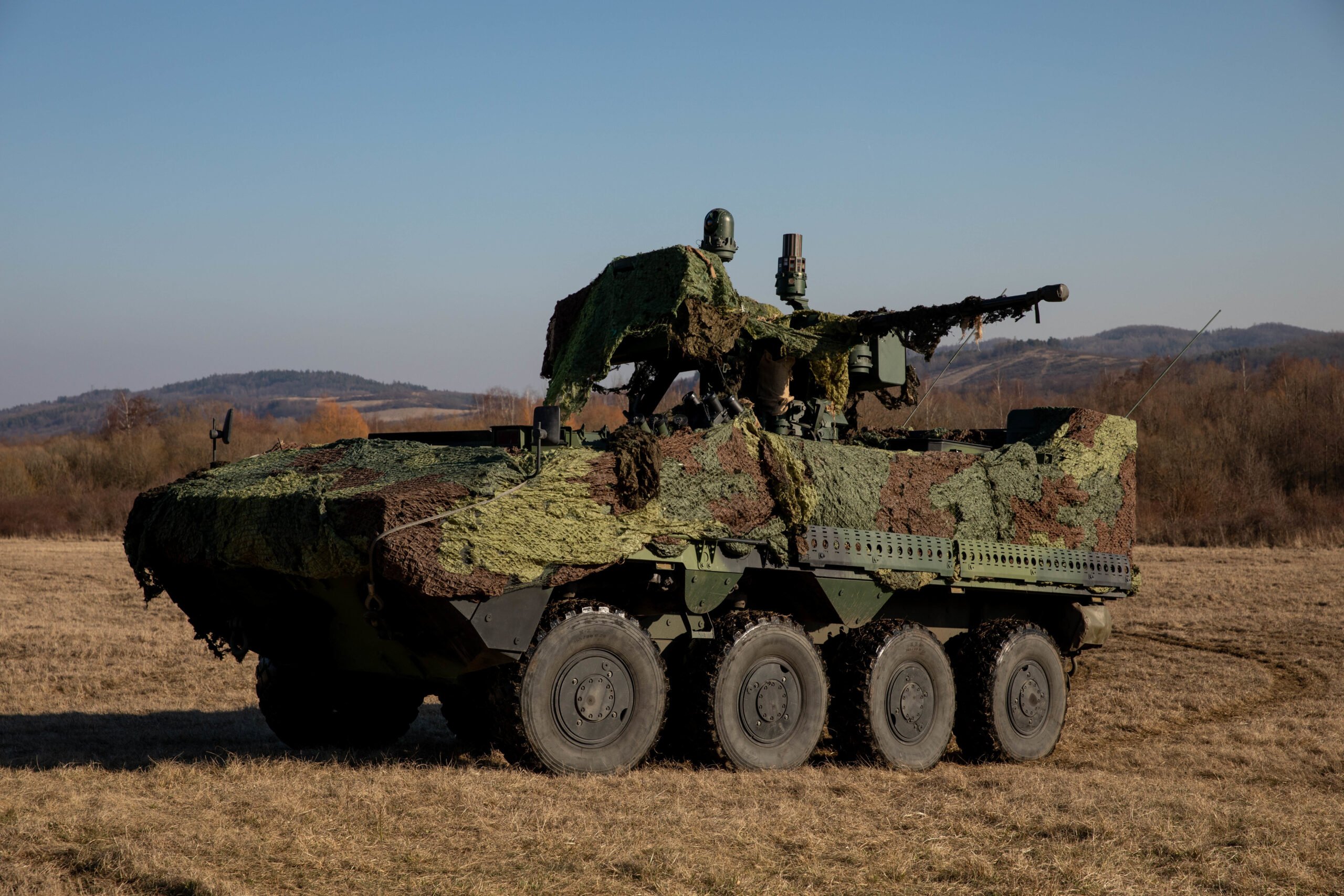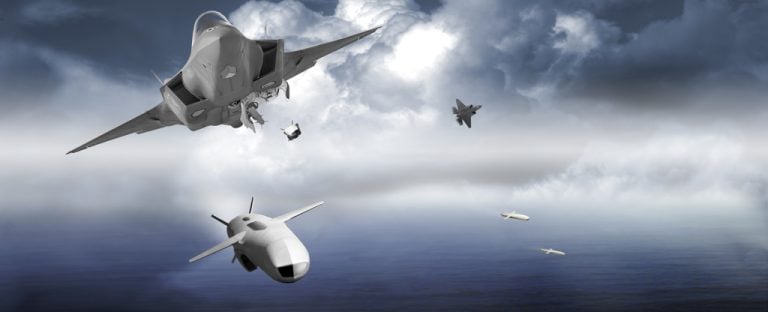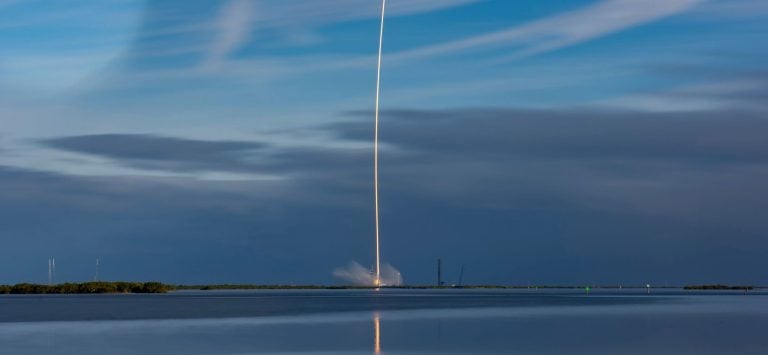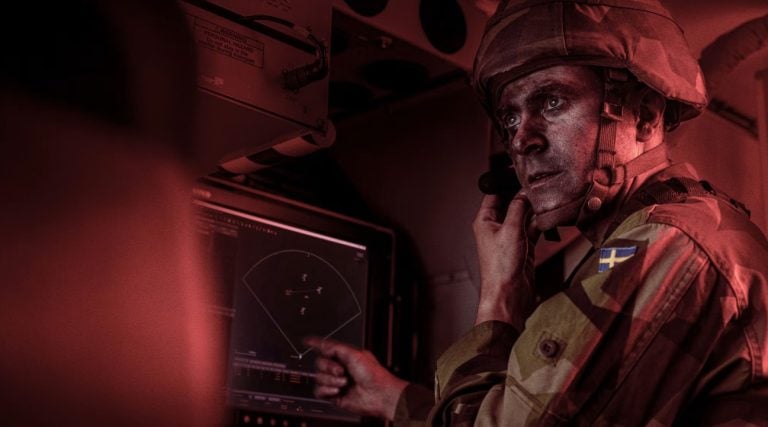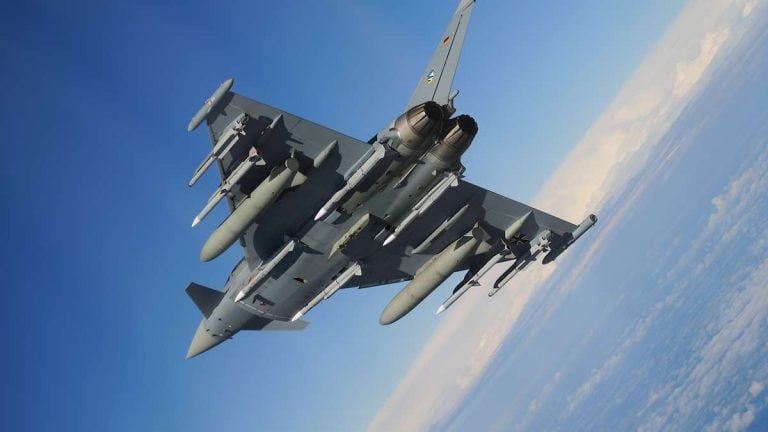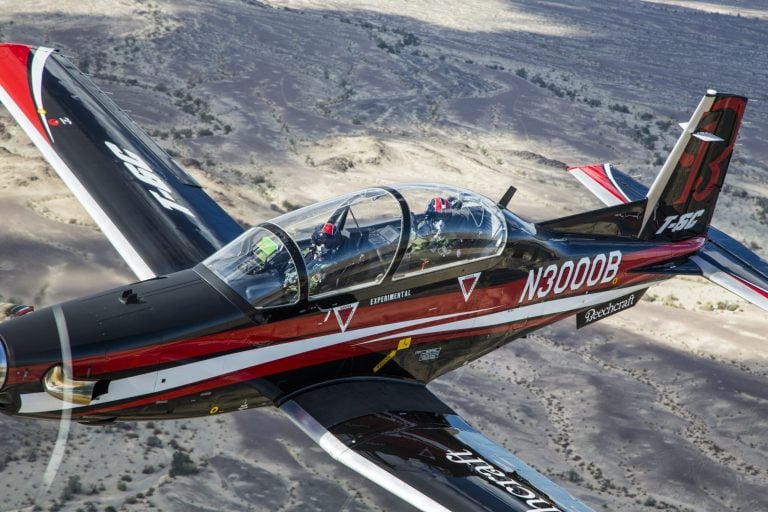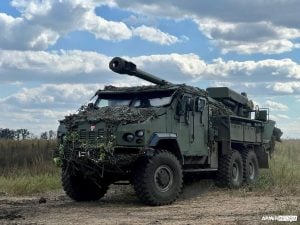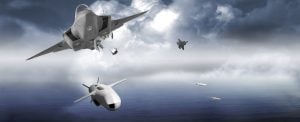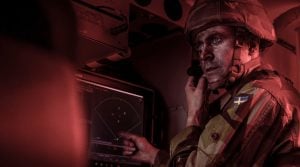Indonesia has officially transitioned its fleet of aging BTR-80A armored personnel carriers for the more modern Czech Pandur II 8×8 vehicles as part of its commitment to the United Nations peacekeeping mission in Lebanon. The swap marks a significant modernization effort for Indonesia’s military capabilities in international operations.
The BTR-80A vehicles, which had been in service with the Indonesian Marine Corps for 16 years, were recently returned to Indonesia after their long deployment in the Middle East. Currently, the twelve BTR-80As are stationed at the 1st Marine Cavalry Regiment base in Jakarta. Their future, however, is murky, with reports indicating they may either be decommissioned or potentially transferred to another country, as cited by local Indonesian sources via United24.
Indonesia initially acquired these BTR-80As in 2000, with plans for an additional batch of 20 vehicles. However, those plans were ultimately scrapped in favor of developing the locally produced APS-3 Anoa 6×6 model. The BTR-80A, which began seeing service in Russia during the mid-1990s, is equipped with a 30-millimeter automatic cannon and a 7.62-millimeter machine gun on an upgraded turret, setting a precedent for the design of the more advanced BTR-82A.
On the other hand, Indonesia’s move to incorporate the Czech Pandur II vehicles was publicly reported in 2020, entailing an order for 23 units from Excalibur Army, a subsidiary of the Czechoslovak Group holding company. The production process involves transmitting vehicle kits from Excalibur’s sister company TATRA Defence Vehicle to Indonesia’s state-owned defense contractor, PT Pindad, for final assembly.
The Pandur II is notable for its advanced capabilities. Measuring 7 meters (24 feet) in length, it accommodates up to 12 personnel. Like the BTR-80A, it is armed with a 30-millimeter cannon and a 7.62-millimeter machine gun, but it also has the flexibility to be outfitted with a variety of armaments, including a 105-millimeter high-pressure gun, a 12.7-millimeter heavy machine gun, or anti-tank guided missiles.
Additionally, the vehicle is powered by a six-cylinder liquid-cooled diesel engine that generates 455 horsepower, allowing it to achieve a top speed of 100 kilometers (62 miles) per hour and a range of 700 kilometers (435 miles), enhancing its operational versatility in various terrains.
This strategic upgrade aligns with Indonesia’s broader defense policies aimed at enhancing its military’s effectiveness in peacekeeping roles and reflects a commitment to maintaining an agile and modern force capable of addressing contemporary security challenges.
